
There is a silent code followed at every serious shooting range, and it is second nature to anyone who grew up around firearms. For newcomers, however, that code is often invisible. Many overlook small details that compromise both safety and etiquette. If you are unfamiliar with the culture, your mistakes will stand out immediately. This is what experienced shooters notice before you ever pull the trigger.
You Muzzle Sweep Without Thinking

Accidentally pointing a firearm at someone is one of the fastest ways to be labeled unsafe at a shooting range. Veteran shooters are quick to notice and won’t hesitate to call it out. Many traditional ranges take this so seriously that they revoke access after a single violation. That zero-tolerance policy stems from hard-earned lessons in accident prevention.
You Ignore The Range Status Signals Completely

Flags, lights, and vocal commands are the standard communication tools at shooting ranges; they’re like life-or-death. Those who know the shooting range etiquette treat it with absolute seriousness. A “cold” range status means not touching guns, ammo, or anything on the shooting bench.
You Can’t Keep Your Hands Off Gear During A Ceasefire

At a cold range, every movement is watched. Even casually heading toward your gear can be interpreted as a risk. That’s why experienced shooters often step back with their hands behind their backs, visually signaling that they pose no threat. Some traditional training even included pocket checks to keep hands visible at all times.
You Think Safety Glasses Are Optional
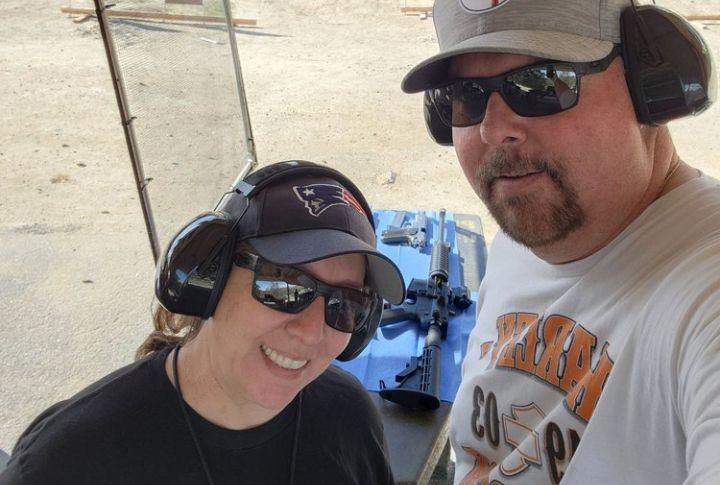
High-speed fragments from a burst barrel or ruptured primer can cause instant and irreversible eye damage. Seasoned shooters know better than to ever skip safety glasses, even for a minute. Most ranges and OSHA alike require ANSI-rated lenses because when it comes to your vision, there’s no second chance.
You Load Rounds Before Anyone Says It’s Time
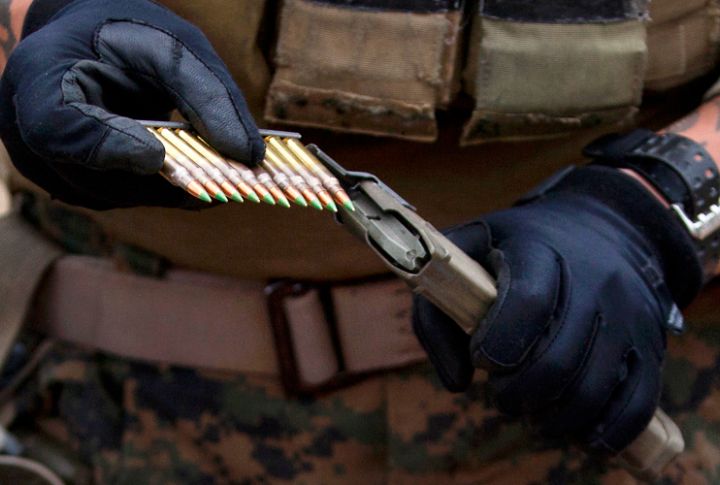
Some ranges use tools like sand timers or gongs to signal the “load and make ready” command, creating a coordinated, clear start for all shooters. These signals ensure everyone moves in sync, avoiding the chaos that happens when someone jumps ahead. Until the command is given, guns and ammo remain untouched.
You Roam The Range With A Gun That’s Ready To Fire

At nearly all shooting facilities, moving with a loaded gun outside the designated bay is both unsafe and against policy. The protocol is clear: chambers open, safeties on, and chamber flags inserted before moving. These bright flags, inspired by old military flagging methods, make it easy for anyone nearby to see that your firearm is safe.
You Don’t Know What A Squib Load Sounds Like
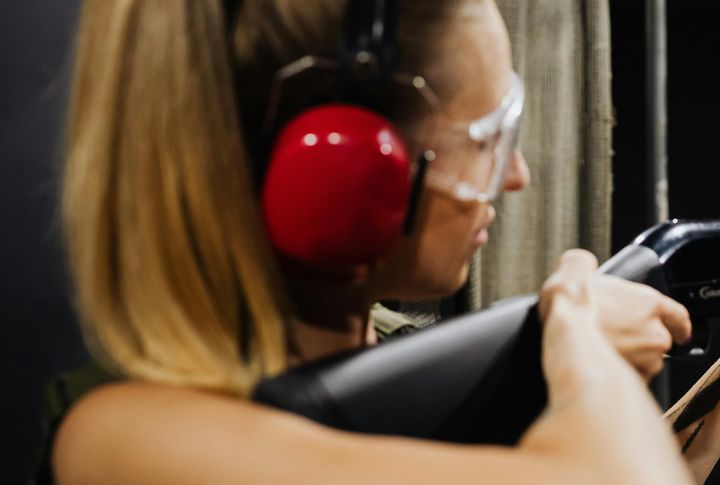
Squib loads are silent threats. When a round lacks enough powder or the primer fails, the bullet can get lodged in the barrel. If you don’t catch it and fire again, the next shot can cause a catastrophic failure, destroying the firearm and injuring you. The only warning might be a muffled pop or a weirdly soft recoil. It can be deadly if ignored.
You Assume Brass Hitting Others Is No Big Deal
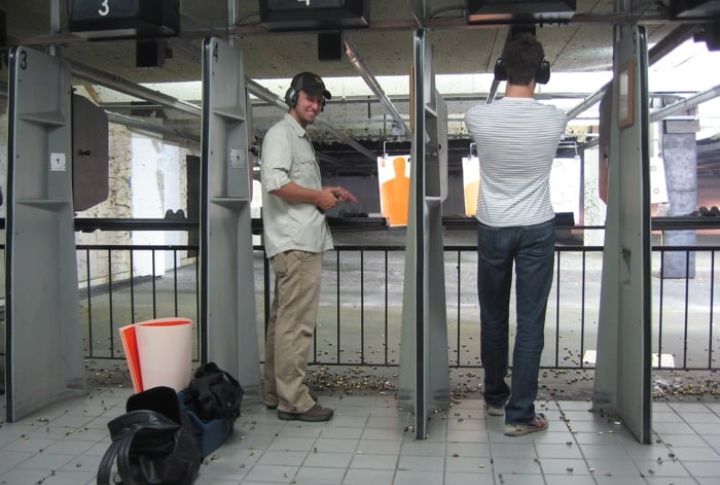
When brass ejects from a firearm, it doesn’t just fall gently—it comes out fast and hot. That’s why it’s necessary to be mindful of where your casings are landing. Responsible shooters pick lanes that prevent their brass from hitting nearby people. Older military ranges treated this as a serious issue, using brass catchers and deflectors to minimize the risk.
You Laugh Off Range Commands Or Ignore Them
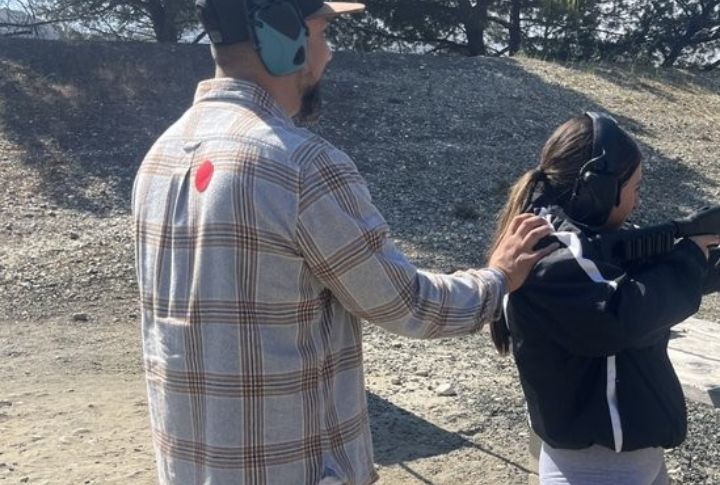
Commands like “cease fire” is an important instruction that must be followed immediately. Range Safety Officers are trained to enforce these rules on the spot, with no room for debate. In the past, ranges used bells or bugle calls to deliver commands clearly, reflecting the level of discipline expected on the firing line.
You Don’t Check For Obstructions Before Shooting
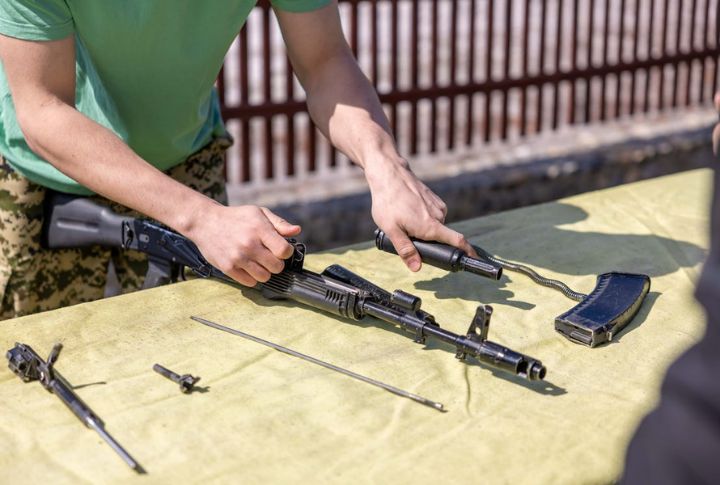
Inspecting the barrel thoroughly to check for obstructions or damage with every use is non-negotiable. This includes clearing fouling and ensuring no debris is left behind. In freezing conditions, even water vapor can condense and freeze inside the barrel, creating dangerous ice blockages that may go unnoticed.
